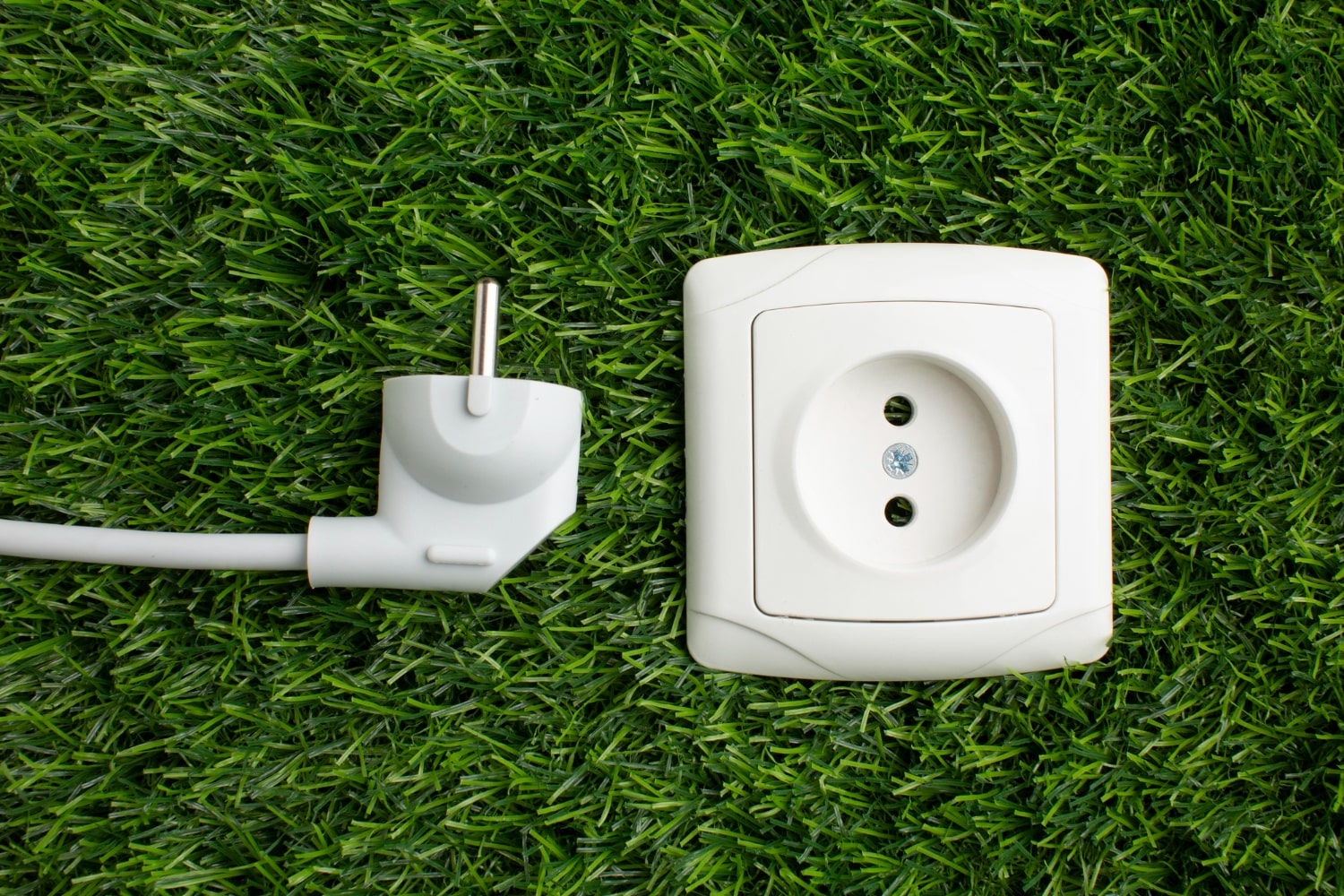
Reducing your carbon footprint is tremendously critical today. With changes in the climate of our world, more people want to learn how to live a sustainable life. Actually, the number is close to 80 percent.
This isn't a difficult task. The truth of the matter is that Earth's population used to live a sustainable life before the Industrial Revolution. The modern comforts of the 20th and 21st centuries halted those processes. It's time to bring them back.
Here are 6 ways to bring sustainability to your everyday life.
1. Go Carless
While not the largest producer of carbon dioxide, automobiles are certainly one of the culprits. Furthermore, using a car hurts your own sustainability. Being closed up in the driver's seat pours outside toxins into the vehicle.
Think of going carless to do your part. This goes beyond carpooling. It means finding alternate ways of getting around. Public transportation is an option as many areas now use electric vehicles or those that run on natural gas. Walking or biking to your destination can also increase your contribution to sustainability.
2. Save Water
An average home wastes countless gallons of water in a year. People leave it running in the sink, take longer showers, or continually flush when not needed. Many areas across the globe face long-term droughts. So, saving water is important.
Cut your use when you can. Install a backflow preventer, found at hardware stores and online locations like American Backflow, to prevent your potable water from becoming polluted. Place rain barrels at the bottom of gutter downspouts and use the liquid to water your grass and plants. Install a timer that shuts the shower after a certain time.
3. Go Solar
Converting your power supply to solar is no longer expensive. In fact, local and federal governments now offer incentives to homeowners to install solar panels. This means your initial payout can result in an enormous return on investment.
Solar panels no longer need to go on your roof. An array can be installed at ground level for easier maintenance and cleaning. Additionally, solar batteries are now made to last longer when the sun is covered by clouds.
4. Xeriscape Your Yard
The lush green yard has been a passion for homeowners since the suburbs exploded after World War II. These spaces are constantly mowed and trimmed for beauty. Unfortunately, sometimes harmful chemicals are used for color and growth. These can seep into the ground and harm the water table.
Bring sustainability to your everyday life by switching to a xeriscaped yard. This type of landscaping replaces water-needy grass and flowers with rock gardens and succulent plants. In other words, water use is considerably reduced. This saves you money and the environment at the same time.
5. Recycle Your Electronics
People used to believe that tossing electronics into the normal trash didn't do any harm. That's not the case today. The internal components of this equipment are comprised of toxic chemicals. These seep into the water table when placed in the landfill.
Prevent this by recycling your electronics. There are now locations that take these items and carefully deconstruct them. They remove the toxic items so they can be disposed of the proper way. Electronics that can be saved are refurbished and sold or donated to other organizations.
6. Add Air Purifying Plants
Plants bring sustainability to a home, especially if they have the power to purify the air. Not all flora does this. However, the ones that do eliminate harmful toxins from your home's air.
Spider Plants, Boston Ferns, and Bamboo are three forms of air purification plants. Once installed in your home, they take away chemicals like xylene and formaldehyde from the air. In exchange for this, the flora remains lush and green as long as it's properly cared for.
Conclusion
The six items mentioned above are only a small number of ways to bring sustainability to your everyday life. Basically, it starts with a commitment by you and your family to make the changes. When you decide this, then work on the small items first. In simpler terms, begin with adding air-purifying plants instead of investing in solar panels. The more you do, the smaller your carbon footprint will become.
